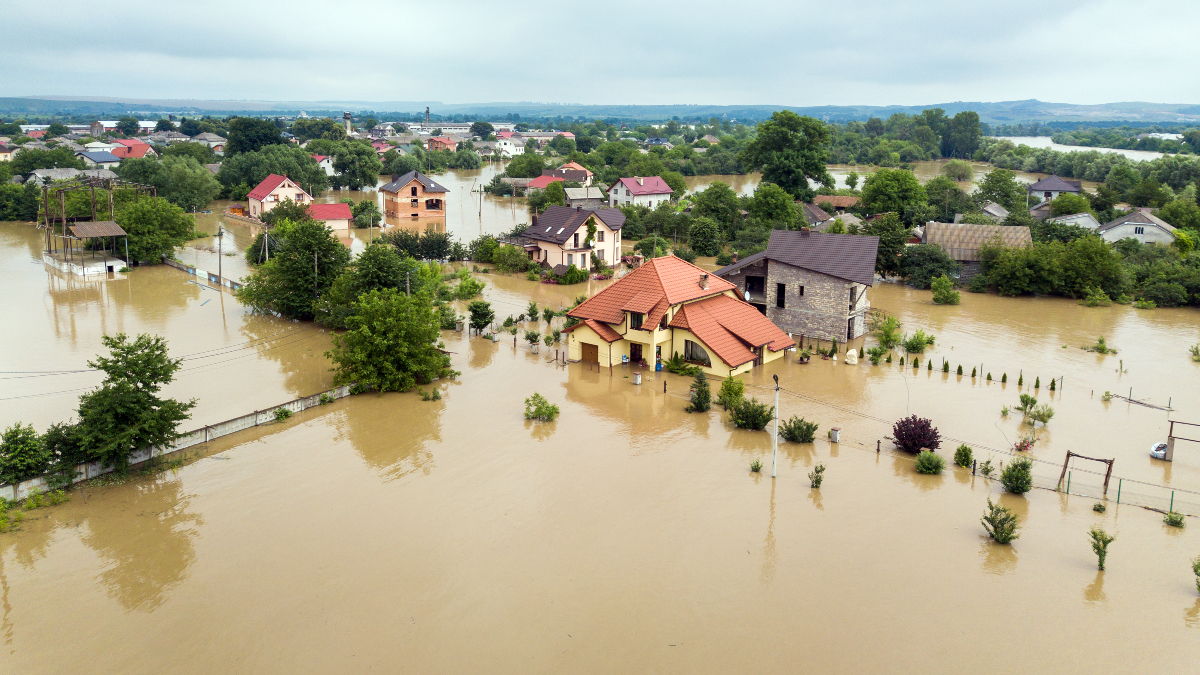
Insurance premiums and policies can be confusing for people to understand when they are not inside the insurance game. Rising premiums and differing risk evaluations can cause changes in the way insurance is understood and sold. If your insurance has been impacted by natural disasters and climate change but you don’t understand why that can be incredibly frustrating and confusing. Understanding your insurance policy, premiums and why they are the way they are can help you to feel more confident in your insurance providers and why these occurrences are happening.
While it is impossible to completely predict changes in the insurance industry, many verifiable statistics can track the changes and offer predictions for the future. While many factors go into your insurance risk and costs, and it is impossible to discuss them all in the confines of one article, here is some information to help you understand why your premiums may be rising and the effect natural disasters have on your overall insurance policy.
Risk Models to Evaluate Insurance Costs
Whether you are purchasing a home, life, or auto insurance, differing risk factors and models go into the overall policy cost. Insurance companies use models that are based on time, accident statistics, as well as your personal insurance history to assess your risk factors and assign a price to your insurance policies.
If you drive a car that has a higher accident rating, then based on statistics you are more likely to get in an accident, and therefore pay more for your insurance. If you have a personal history of submitting multiple claims, having multiple accidents, higher occurrences of speeding tickets, then your risk factor is high and there are higher chances you will file a claim. The same can be said for property insurance.
If you live in an area that is prone to flooding, landslides, tornadoes, or other natural disasters, then there is a higher chance of you claiming damages from the insurance company. The higher your risk factors, the higher you place on the risk factor models.
How do Natural Disasters Affect Risk Models and the Insurance Industry?
Now that you understand a bit more about how the insurance industry assesses risk, it is easier to understand how the rising number of natural disasters can impact your insurance premiums, and therefore impact insurance as an industry.
Every time a natural disaster occurs, the risk models change and increase. With rising risk in certain areas due to natural disasters, it is sure to have an impact on the industry and insurance clients. These rising risk factors can make it incredibly difficult to find affordable insurance rates, especially in areas prone to natural disasters such as flooding.
In areas where wildfires have run rampant, insurance companies have suffered massive financial losses due to property loss claims. This will in turn force these companies to increase their risk analysis scores for these areas, resulting in a policy cost for insurance consumers. Every time there is a natural disaster, especially ones that are incredibly destructive, this affects the risk analysis models and therefore affects every aspect of the home insurance industry. With higher risk analysis, with higher occurrences of these disasters, comes higher insurance premiums.
Natural disasters are increasing and are taking an effect on the insurance industry in a big way. Climate change projection models show that with changing climate natural disasters are bound to increase as well. If you take into account all these factors then you see how the face of the insurance industry is changing rapidly, fighting to keep up with the changing world and its increased risk of natural disasters.
How to Mitigate Risk and Find Affordable Insurance
There are very few actions that individuals can take to change and where natural disasters can strike, but there are certain actions one can take to reduce their insurance costs while still choosing to live in high-risk areas. It is becoming difficult, but not impossible to encounter affordable insurance products for climate change, and mitigating your risk factors can go a long way in lowering your costs. Due to increasing disasters in hard-hit areas, insurance companies are redrawing their risk analysis policies and reviewing how they can charge homeowners affordable rates while still being able to ensure homeowners who live in these areas.
Different risk analysis models will lead to changes in the way insurance companies quote and provide insurance. If you live in an area that is prone to hurricanes, for example, then home construction and the materials used may go a long way in reducing insurance policy rates. The times are changing and with new technology that can prevent catastrophic damage, then maybe insurance companies will begin to offer the best rates to homeowners who have constructed their homes based on the area’s risk.
If you live in a tornado alley, the standard wooden home construction may lead to higher rates, whereas reinforced storm construction supplies may decrease the risk of a total loss to your home, therefore reducing the risk of total loss when you are being quoted by insurance companies. While many companies are changing their processes it is too early to tell exactly how these rising disasters driven by climate change will end up impacting the global insurance market. With so many things up in the air, it is important to cover your bases when seeking homeowners insurance.
Seek quotes from more than one company, and do your best to search for the best policy and company that suits your needs and budget, while still ensuring you will be covered in the event of catastrophic natural disasters. It is too soon to tell exactly how much policy prices will increase and exactly what that means for your family, but it is not too soon to begin reviewing all your options in an informed and diligent way.
Global markets have changed due to COVID, employee standards have changed due to lockdowns, and insurance rates are changing due to global warming and natural disasters. Now is a time of considerable global change, and while you can’t predict the future, you can educate yourself, track your insurance increases, and do your best to plan for an unsure future.




